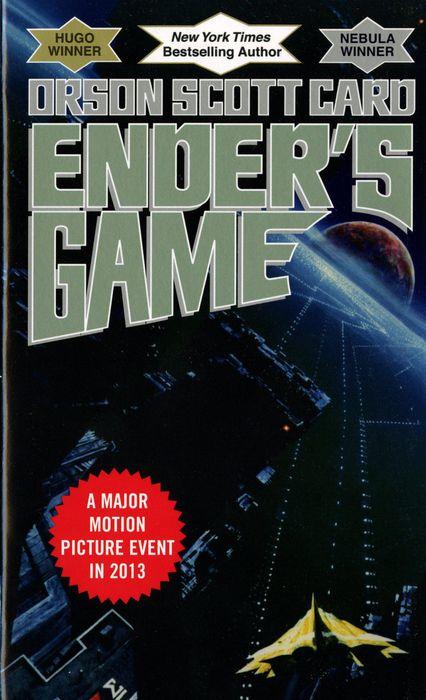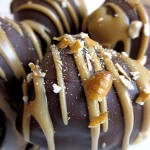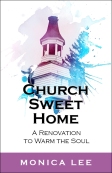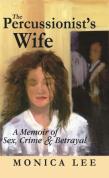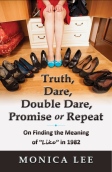It’s been a while since I’ve posted a book review, and thanks to my family’s book club, I’ve read a lot of books outside the genre of memoir.
I’m a fan of memoir, if you’ve forgotten, mostly because I love stranger-than-fiction true stories and because those are the types of stories I write. Writers read, and so I gravitate to the kind of stories I aspire to write. But fiction tantalizes the memoirist’s mind, too, with beautiful writing and pulse-pounding plots, so I appreciate this book club filled with my mom, sister, aunt, uncle and cousins who think highly of science fiction, mysteries and thrillers.
If you’re looking for a book to recommend to your book club, you might like one of these. Or if you’re casting about for a way to connect with your relatives, you might consider forming a book club. I’ve found that even better than any of the books we’ve read is the comradery generating by our monthly Zoom conversations.
My sister chose The Boys in the Boat: Nine Americans and Their Epic Quest for Gold at the 1936 Berlin Olympics right before last summer’s Olympic games in Tokyo. This book, a true story written in third person, sparked my interest in the curious sport of rowing. After reading it, your pectorals will hurt, too. Author Daniel James Brown relied on the diaries and memories of the crew members to create this intimate look inside a gold medal run. His research is detailed and compelling. Even knowing how it ends, I was mesmerized. It’s an underdog story because, at the time at least, most crew rowers came from elite eastern and British universities. But this team was built at the University of Washington of the sons of loggers, shipyard workers and farmers. The story also sheds brilliant light on the Great Depression and the 1936 Berlin Olympics. I gave this book an “amazing” rating.
The (Other) You by the well-known novelist Joyce Carol Oates was less compelling. I chose this book of short stories on the recommendation of a writer friend. The prose is quite lovely, but I think writers will find it more interesting than readers of mass market fiction. The (Other) You explores the other lives the characters might have led if they’d made different choices. My favorite story in the collection was “The Bloody Head” because I could imagine being the narrator who didn’t want to be bothered by her husband’s urgent-in-his-own-mind emergency. Besides the through-line of alternative realities, Oates weaves together a couple of settings that are like video game Easter eggs; readers will get that “aha! I’ve found it!” feeling when they run across them. Many of the stories have less than satisfying endings that reminded me of Alice Munro’s writing. If you like her short stories, you’ll appreciate this book.
The One: A Novel is classified as a thriller, and it’s the sort of intriguing book that makes you think about destiny, soul mates and, well, what compels a serial murderer. I didn’t like that part; grisly crime scenes and getting inside the mind of a sicko are not my jam, but still, The One is fascinating. My cousin chose this book. It is set in the real world, but there’s a little science fiction element in concept that every person on the planet can find their genetically perfect match with a DNA test. Author John Marrs tells the story from the perspective of five people who are matched through this genetic discovery. All of the pairings have pitfalls of one sort or another, some more dire than others. I gave this an “I really liked it” rating on Goodreads.
After Joyce Carol Oates’ short stories in The (Other) You, I wasn’t too keen on spending time with Emily C. Skaftun’s Living Forever & Other Terrible Ideas, but her “eerie, unsettling, and occasionally zany” collection (so said Publisher’s Weekly) took me in. Skaftun personifies lawn ornaments, tells a frozen head’s life story and inhabits a sentient text message, and that’s just in the first handful of stories. In the story of the sentient text message, “Only the Messenger,” Skaftun creates alternative, ungendered pronouns: “ze, zim and zir”; I’d never heard of that before, but it’s so much more elegant than referring to an individual as “they, them and their.” My cousin chose this freaky little bit of literature, and I honestly enjoyed reading one of the stories every night before falling asleep; it would be a great October choice for a book club. I got a little bit of creepy without going full-blown horrifying, and I appreciated Skaftun’s approach to endings: she actually gave me closure most of the time. This book garnered an “amazing” rating from me.
However, I hated State of Terror with a white-hot intensity I usually reserve for computer snafus (the kind where I’m yelling and pounding the keyboard with my fist instead of my fingertips). This thriller was co-written by Louise Penny and Hillary Rodham Clinton. Yes, that HRC. I didn’t hate the book because of her political leanings though (be mindful the 1-star ratings on Amazon and Goodreads; most of those haters didn’t actually read the book). I actually encouraged my aunt to choose this book when she was offering up options for her choice because I thought Clinton’s experiences as a U.S. Secretary of State would infuse the story with some reality, but no. State of Terror aptly describes the reading experience because every single chapter ends with some of sort of terrifying cliffhanger that is resolved more or less quickly and unsatisfyingly in the next chapter. The secretary of state in this story speaks non sequiturs like “Jesus wept” in response to being informed Pakistan is a nuclear power. Huh? And she blackmails the Russian dictator in this story with fake news (!) of him being a child predator. And it works. Really? Our character based on Vladimir Putin who has no shame in poisoning agents in other countries or invading defenseless neighbors would care about being called a molester? Nope. Couldn’t swallow that plot point. The acknowledgments describing how State of Terror came about were interesting, I can say that much (also, they signaled the end of the slog). Louise Penny may be a fine writer of other books, and I know I’ve appreciated better non-fiction outings from Clinton, but this book stank.
Even as a kid, I remember my dear mother absorbed in reading books, so I know she’s a connoisseur of mysteries from way back, and she chose one of her favorites when it was her turn to pick a read: A Noise Downstairs: A Novel by Linwood Barclay. This is a murder mystery, but not the murder you think it is in the beginning. There’s also a paranormal element to the story: a possessed typewriter that types by itself! What writer wouldn’t love that! The very clever plotting and characterizations truly will have you guessing until the end. However, even I, a lover of words, might quibble with some of the unnecessary description (“Charlotte got ahead of Paul, turned back the bolt, opened the door, and held it for her husband.” Really? You needed all that to say “she opened the door”?). A Noise Downstairs earned an “I really liked it” rating from me.
The last book we read—the end of these reviews so to speak—was Ender’s Game, a classic piece of award-winning science fiction from Orson Scott Card, who subsequently wrote a number of sequels. This book, chosen by my cousin’s deep-thinking mate, told the story of a kid genius named Ender who was being groomed to command Earth’s military force for a potentially world ending war with the Buggers, an alien race that communicates almost telepathically. Card does a masterful job of describing zero-gravity war games and, in a bit of a prophetic twist, how to manipulate control of Earth’s populace with the equivalent of a social media campaign. This book, originally published in 1985 based on a short story written in the ’70s, stands the test of time. I believe it is classified by some as Young Adult but the story appeals to mature readers for certain. Ender’s Game earned an “I really liked it” rating from me.
The next book in our queue is, God love my sister who picked it, a memoir! I can’t wait.







